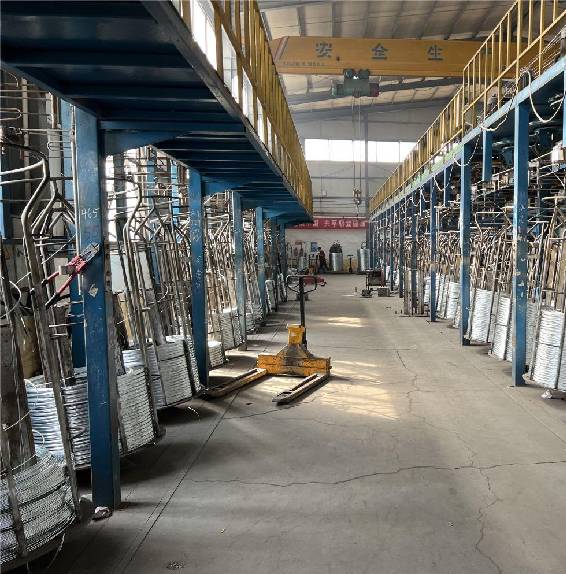steel mesh sizes
Understanding Steel Mesh Sizes An Essential Guide for Construction and Engineering
Steel mesh, also known as wire mesh or reinforcement mesh, plays a critical role in various construction and engineering projects. It provides support and stability to concrete structures, ensuring they can withstand stress, tension, and environmental factors. Understanding steel mesh sizes is crucial for engineers, architects, and builders as it impacts the durability and integrity of any structure.
What is Steel Mesh?
Steel mesh consists of a series of parallel steel wires that are welded or woven together to form a grid-like structure. These wires can vary in diameter, spacing, and type, which translates into different mesh sizes suited for different applications. Generally, steel mesh is used in concrete flooring, paving, walls, and even for reinforcing fences.
Common Sizes and Specifications
Steel mesh is categorized based on its wire diameter and spacing. The wire diameter typically ranges from 2.5 mm to 12 mm, while spacing can vary from 100 mm to 300 mm, depending on the design requirements of the project. Here are a few common sizes of steel mesh
1. Type A (Standard Reinforcement Mesh) - Wire Diameter 6 mm - Spacing 200 mm x 200 mm - Application Suitable for general reinforcement in concrete slabs.
2. Type B (Heavy-Duty Mesh) - Wire Diameter 10 mm - Spacing 150 mm x 150 mm - Application Used in industrial floors, heavy traffic areas, and pavements.
3. Type C (Lightweight Mesh) - Wire Diameter 5 mm - Spacing 300 mm x 300 mm - Application Ideal for non-structural elements such as pathways and small slabs.
steel mesh sizes

4. Type D (Custom Mesh Options) - Available in various diameters and spacings tailored to specific project requirements. - Application Used in unique projects where standard sizes are not applicable.
Factors to Consider When Choosing Steel Mesh Size
1. Load Requirements The type of loads the structure will bear is a significant factor. Heavier loads necessitate larger diameters and closer wire spacing to prevent cracking and bending.
2. Environmental Conditions Weather elements like moisture and temperature fluctuations can affect the performance of steel mesh. Consideration of corrosion resistance is crucial, particularly in coastal areas or environments with high humidity.
3. Concrete Thickness The thickness of the concrete being reinforced will also dictate the choice of mesh size. Thicker slabs may require heavier gauge mesh for adequate support.
4. Design Codes and Standards Adhering to local building codes and engineering standards is essential. Always check that the selected mesh size meets the legal and safety requirements for your specific project.
Conclusion
Selecting the appropriate steel mesh size is a cornerstone of robust construction practices. It requires a balanced understanding of the project's specifications, load demands, and environmental considerations. With the right steel mesh in place, you can ensure that your concrete structures are safe, durable, and capable of withstanding the test of time. Whether you are an engineer, architect, or builder, knowing the various sizes and their applications will enhance the quality and integrity of your work, ultimately contributing to the safety and longevity of the built environment.
-
Space-Saving Chain Fence Hacks Vertical Gardening with Cyclone MeshNewsJul.16,2025
-
Innovations in Iron Nail Wire Production for Modern ConstructionNewsJul.16,2025
-
Creative Uses of Wire Netting Fence in Modern Landscape DesignNewsJul.16,2025
-
Barbed Wire Fence Innovations in Anti-Climb TechnologyNewsJul.16,2025
-
Architectural Uses of Umbrella Nails for Aesthetic Roof DesignsNewsJul.16,2025
-
Architectural Uses of Razor Barbed Wire in Secure Urban DesignNewsJul.16,2025




